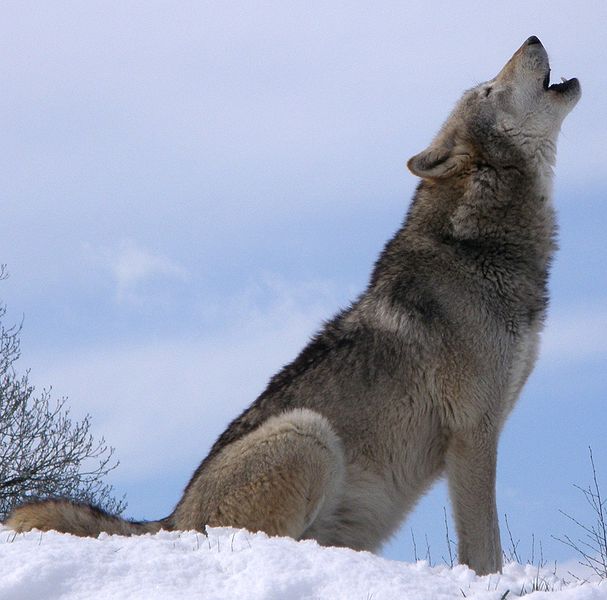
Animal talk is common in Bentari. We hear the lioness and the leopard, the mole rat and the hyrax, the hammerkop and the weaver bird and the mangabey and the boar.
We hear a young boy imitate the plover. Then he pretends to be one in the unlikely tale that casts him as the hidden shadow, off to help the crocodile—his grandfather who is the chief.
Early on, we learn that this boy’s family, living in the vast forest, created a way to communicate across the wide range and high above the din of their animal friends. It was a way to be found, a way to inform, a way to protect. They created their own call—a combination of noises, any one of which could be compared with a forest denizen—the howler, the roaring giant, the wavering calls of animals in flight. When others happened to hear the family’s mysterious message, it blended with forest sounds. If the calls were detected, the origin could not be pinpointed. Nor could chance eavesdroppers identify the mysterious source of such a strange noise. Only the boy’s family knew, and only they understood the meaning of each quavering chorus.
Humans were not the first of all the animals to speak with each other so long ago. And we are not the best talkers (at least in terms of outcomes). Nor are we the best listeners.
We cannot understand the chattering monkeys or twittering birds, so we attribute quaint inconsequential meaning to their banter. But, is it?
Wolves have howled to one another, both kin and competitors alike, for countless ages as the continents continue to drift. Now we know why wolves harmonize to lift and send their plaintive howls so many miles across night skies.
When wolves howl as a pack, they use their voices in harmony rather than in chorus. [1] The harmonic tones confuse neighboring packs by making the howling seem like it’s coming from a greater number of wolves. Packs that are effective harmonizers are less likely to have their territory invaded or challenged.
Wolves mate for life. They team up to tend to family matters and to rear the young. They survive on the most plentiful prey, economically, and they cull great herds of caribou, which adds to herd numbers through the great balance of nature.[2]
Image: “Howlsnow” by Retron[3]
[1] See: http://en.wikipedia.org/wiki/Gray_wolf under communication/auditory; secondary reference for Lopez, 1978 p. 38, Of Wolves and Men, J.M. Dent and Sons Limited. ISBN 0-7432-4936-4
[2] Never Cry Wolf, Farley Mowat © 1963—Ground breaking work 50-years ago and still a great read!
[3] See: http://commons.wikimedia.org/wiki/File:Howlsnow.jpg - Retron grants anyone the right to use this work for any purpose, without any conditions, unless such conditions are required by law.